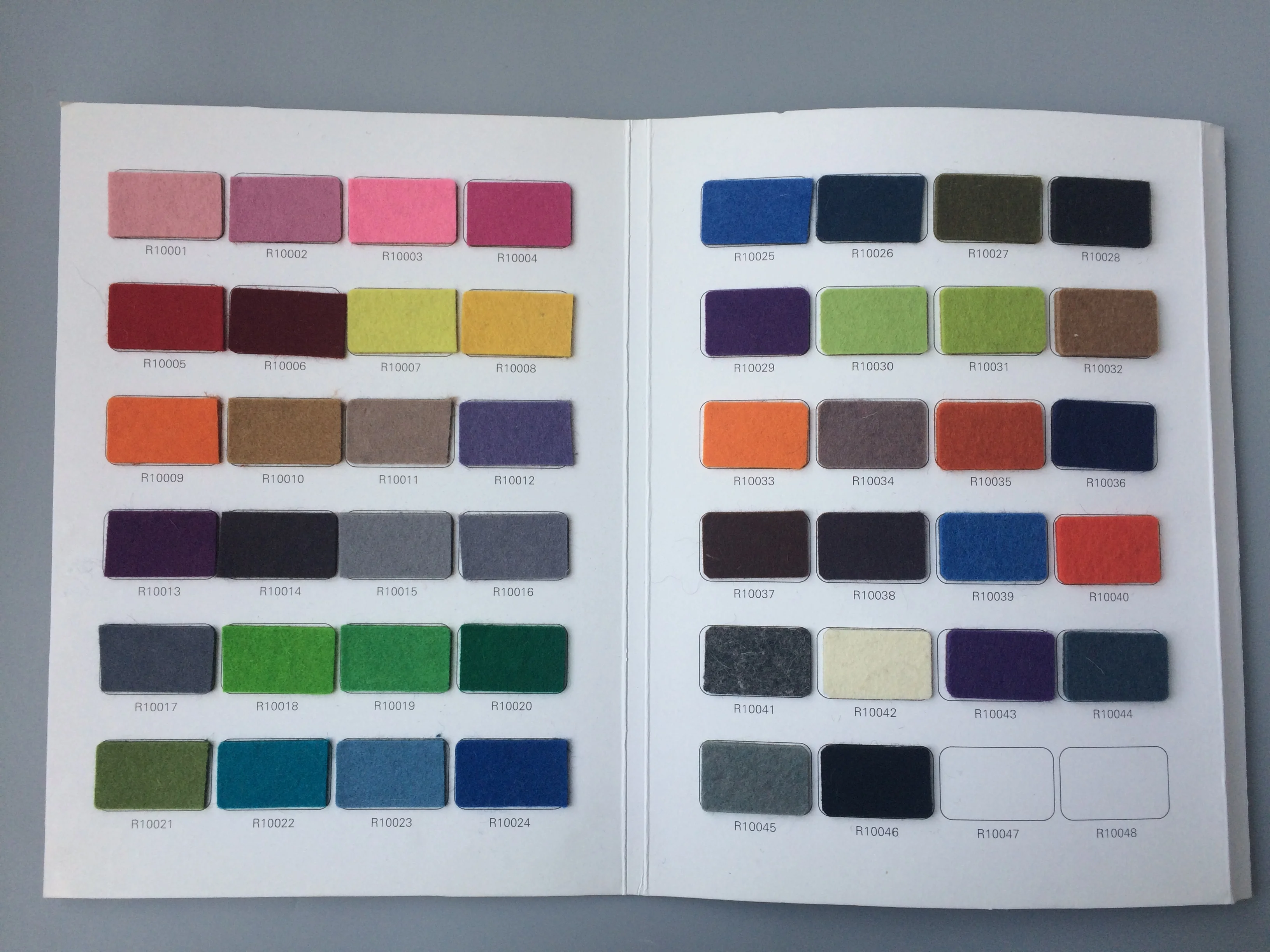Answer: Wool felt is made primarily of sheep's wool. The fibers are compressed and matted together using heat, moisture, and pressure to create a dense, durable material.
2. What are the benefits of using wool felt? Answer: Wool felt has several benefits, including its natural insulation properties, durability, and resistance to moisture and
heat. It also has hypoallergenic and antimicrobial properties and is environmentally friendly.
3. Can wool felt be customized according to specific requirements?
Answer: Yes, wool felt can be customized to meet specific requirements such as size, thickness, color, and hardness. It can also
be treated to enhance specific properties like water or fire resistance.
4. What is the maximum temperature that wool felt can withstand?
Answer: The maximum temperature that wool felt can withstand depends on its thickness and density. Usually, it can withstand
temperatures up to 200°C, but it's best to check with the manufacturer for specific temperature limits.
5. How is wool felt cleaned and maintained?
Answer: Wool felt can be cleaned by brushing with a soft brush or using a vacuum cleaner. Avoid washing wool felt in water, as it
can shrink or fade. Regular maintenance includes brushing and airing out thewool felt in open air to remove moisture and prevent
odor.
6. Can wool felt be used in various industries?
Answer: Yes, wool felt has a wide range of applications and can be used in various industries, including automotive, construction,
electronics, fashion, and furniture. It's also used for sound and vibration insulation and in sports equipment.



